Many articles these days talk about why companies should consider innovation as a core discipline. A quick Google search on “why innovate” produces 23,600,000 results.
It seems that everyone has an opinion regarding innovation and why it is essential. But is it really?
According to Wikipedia, innovation is “a new idea, creative thoughts, new imaginations in the form of a device or method. “
For many, it’s just a buzzword. “Innovation” is what companies say when they want to focus on creating the next breakthrough and staying competitive in the 21st century. It’s a term that is often overused, and its meaning is lost.
But innovation can and will help your business stay ahead of the game – when you use it in the right way.
Innovation at Work
According to Forbes, “Over the last two years alone, 90 percent of the data in the world was generated.” What that means is more opportunity for new technology and change.
Many companies define innovation by the percentage of new products that come to market in each period. It’s more accurate to say innovation can improve your bottom line through better products or services, increased operational efficiency, or fewer business challenges.
When I think of innovation, Uber and Lyft come to mind disrupting cab service, or Amazon with books and iTunes revolutionizing the way people buy music.
Not many businesses make it to that level, of course. But innovation can help your company gain the edge it needs not just to survive but to stand out.
Here are a few questions to ask yourself:
- Does my team come up with processes that decrease operational costs?
- Are employees utilizing technology, identifying inefficiencies, and suggesting solutions?
- Could we develop a new business model that creates efficiencies, delivers better service, and potentially disrupts the marketplace?
Creating a Culture of Innovation
Bottom line? Start at the top.Leaders are at the forefront of innovation. They drive a pioneering culture based on how they reward, punish, and promote people within the organization and by the goals they set.
Ultimately, it’s middle management – the people who see workers day in and day out – that can make a difference when it comes to innovation and performance. Employees at this level must be appropriately incentivized and held accountable if you want to see an actual difference in the bottom line. Their buy-in almost guarantees other employees will be on board as well.
But if you can find a way to unlock the primal mojo of your workforce, you won’t need to manage as much as you do. You won’t need to rely so heavily on incentive plans, performance reviews, pep talks, frowns, and punishment. Remember: Organizations don’t innovate. People do.
To stoke the fire of innovation, you have to create the right culture and environment. Many companies try to make things perfect, so no innovation occurs. People don’t want to make mistakes and are afraid of the repercussions of failure. It’s why having a separate innovation center works so well in organizations.
Companies that create these teams have a far greater chance of increasing innovation. When these groups are sustainable, they permeate the organization’s culture and act as incubators where people can assess innovative ideas. There are several ways to configure them:
- Innovation teams can be designed to work on a specific organizational problem, which means the team will have a start and endpoint.
- Management can develop the team to deliver innovative products outside of the normal R&D function or to focus on creating an innovation environment.
- Groups can make contests revolving around an organizational problem that will run over several days. Often this will yield results and can be enhanced when collaborating with outsiders.
More Techniques to Increase Innovation
Mind Mapping is a method that is often used in problem-solving when looking to find creative solutions. The use of diagrams that visually “map” information dates back centuries. It’s an easy way to brainstorm thoughts organically without having to worry about structure or order. According to MindMapping.com, it’s:
“A diagram for representing tasks, words, concepts, or items linked to and arranged around a central concept or subject using a non-linear graphical layout that allows the user to build an intuitive framework around a central concept.”
A mind map can help you tackle large, unfamiliar concepts in a fun and easy way.
Reverse brainstorming tackles issues by stating the problem in reverse – instead of thinking of ways an idea might work, you think of ways it might fail. This helps expose the cracks and shortcomings of the plan and allows you to think of ways to achieve the opposite effect.
Team Training and Development
More than anything, training your team on creative problem solving and emotional intelligence will improve organizational innovation. Not only will employees learn new skills they can apply to their everyday work, but they will gain enhanced creative potential and develop their understanding of the organization’s innovation practices.
Organizing a training program requires careful planning and making its effects sustainable calls for persistent leadership. Get started on making your workplace more innovative by using our Core Management Training-exclusive courses right now. Our programs offer easy-to-implement strategies that will get your employees engaged and maximize results. Reach out today to learn more.



